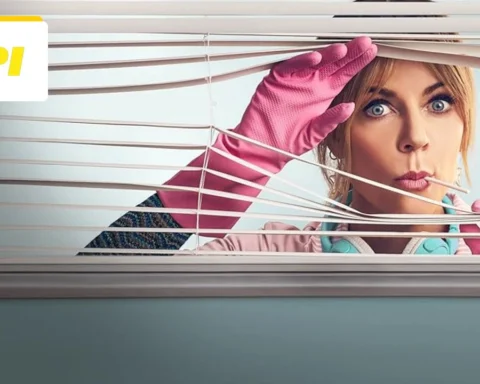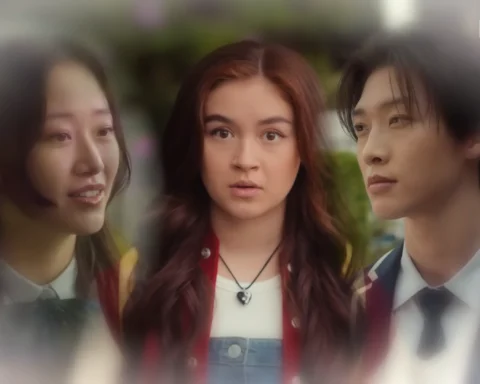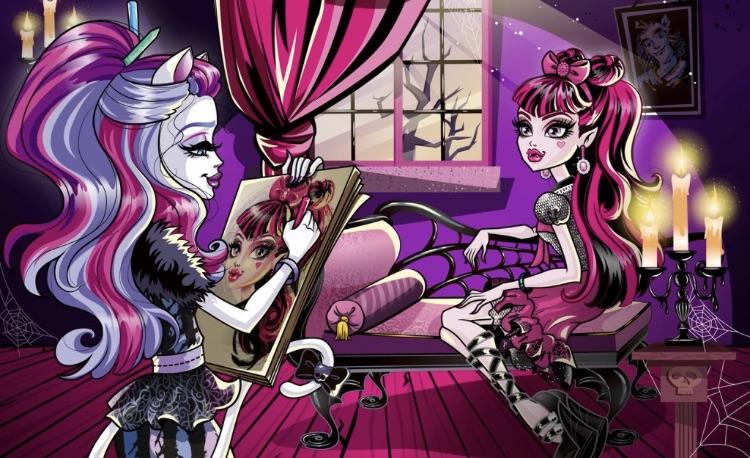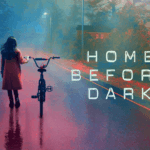“Only Murders in the Building,” a unique blend of comedy, mystery, and drama, has captivated audiences since its debut. Set in a charming pre-war apartment complex in Manhattan, the show follows three amateur sleuths brought together by their shared obsession with true crime podcasts. The series deftly explores the dynamics of unlikely friendships, the intricate fabric of gender relations, and the modern portrayal of criminal investigations in media. Additionally, it delves into the cultural phenomenon of true crime podcasts, which have surged in popularity in recent years. This article provides a comprehensive analysis of the show, season by season, while examining these complex themes.
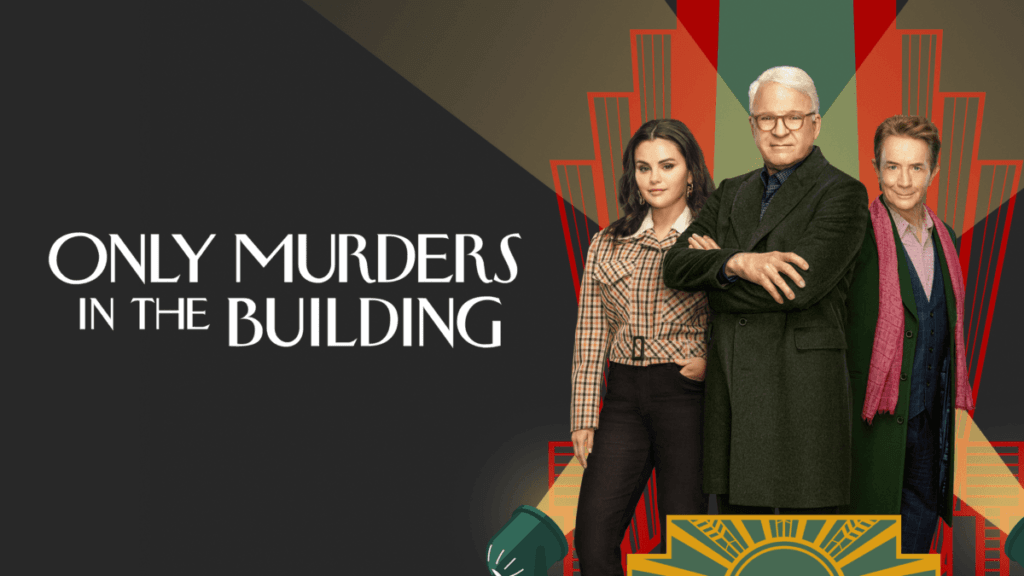
Season 1: The Birth of Unlikely Friendships
Season 1 introduces us to Charles-Haden Savage (Steve Martin), a semi-retired actor famous for his role in a 1990s detective drama; Oliver Putnam (Martin Short), a flamboyant, struggling Broadway director; and Mabel Mora (Selena Gomez), a young artist with a mysterious past. The trio lives in the Arconia, a prestigious Upper West Side apartment building, and their paths converge when a fellow resident, Tim Kono, is found dead. Believing his death to be a murder, they embark on a quest to uncover the truth, documenting their findings in a podcast titled “Only Murders in the Building.”



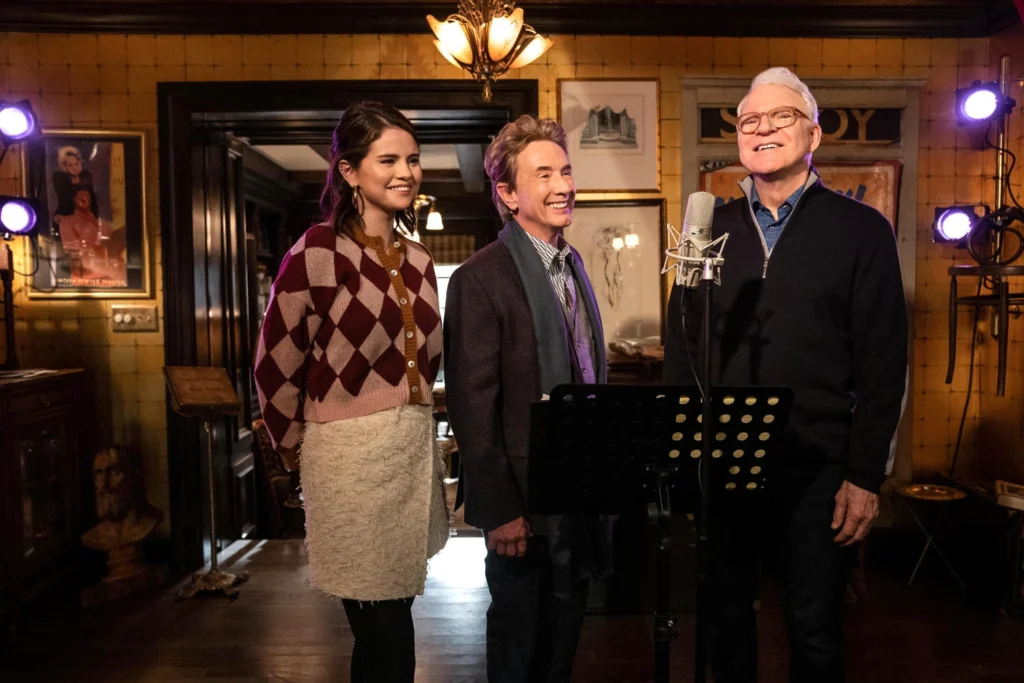
Season 2: Deepening the Mystery
Synopsis
In Season 2, the trio finds themselves embroiled in another murder mystery, this time involving the death of Bunny Folger, the Arconia’s cantankerous board president. As they dig deeper, they uncover hidden secrets about the building and its residents, all while continuing their podcast. The season introduces new characters and expands on the backgrounds of the main trio, adding layers to their personalities and relationships.
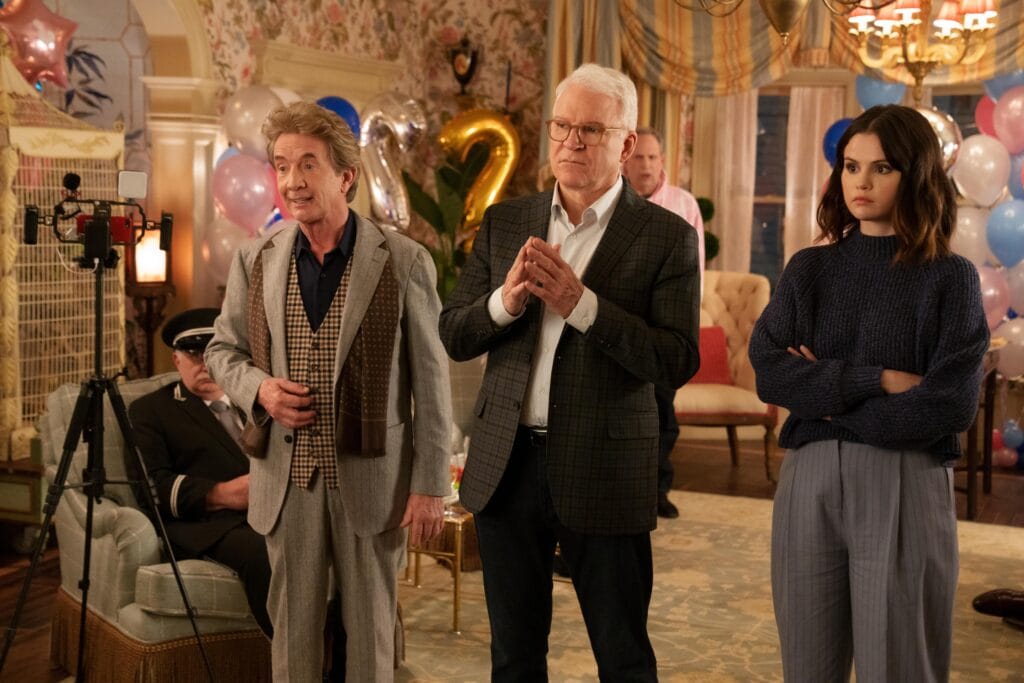
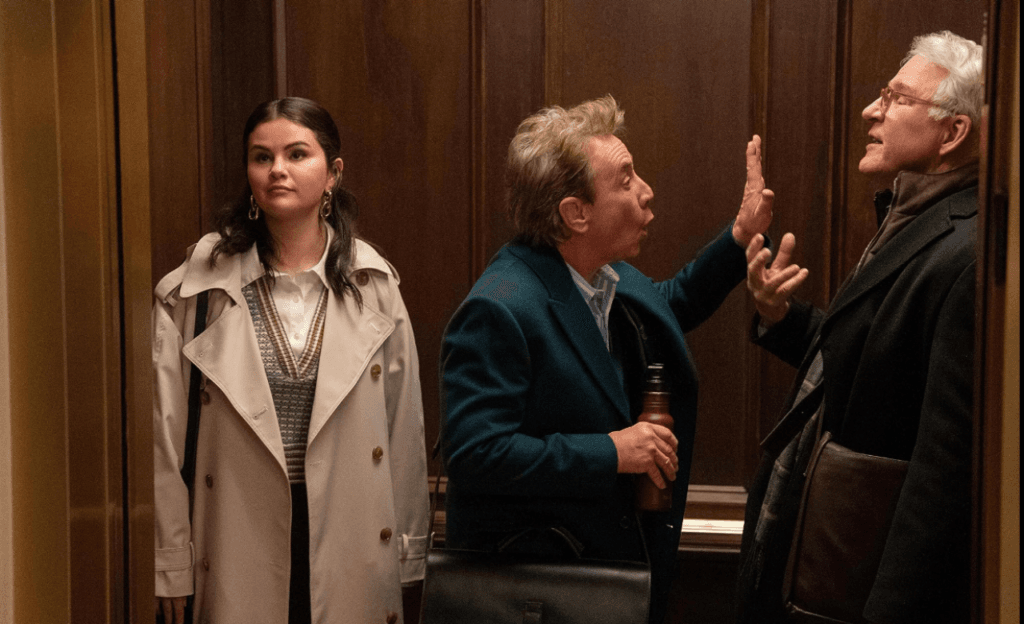
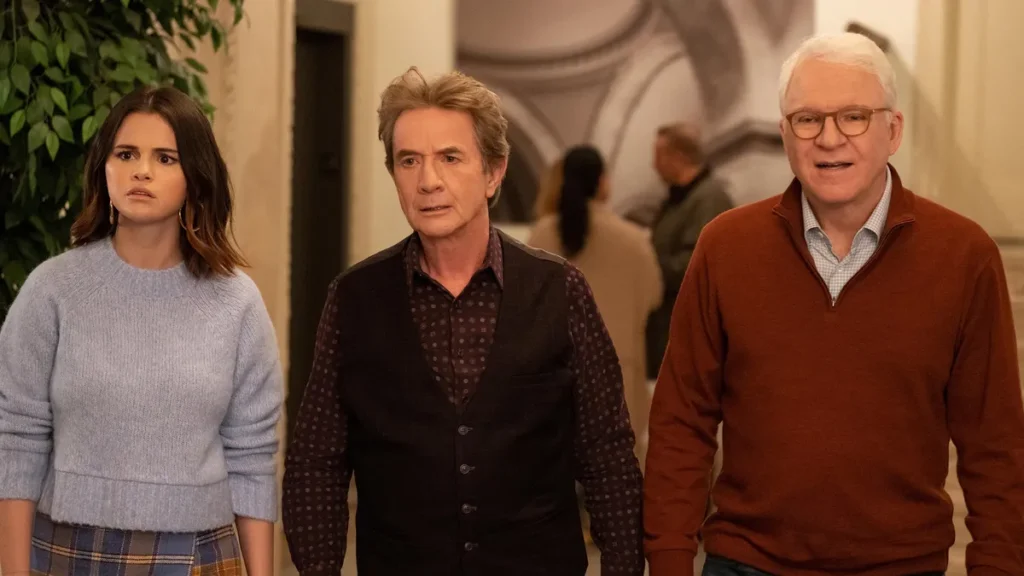
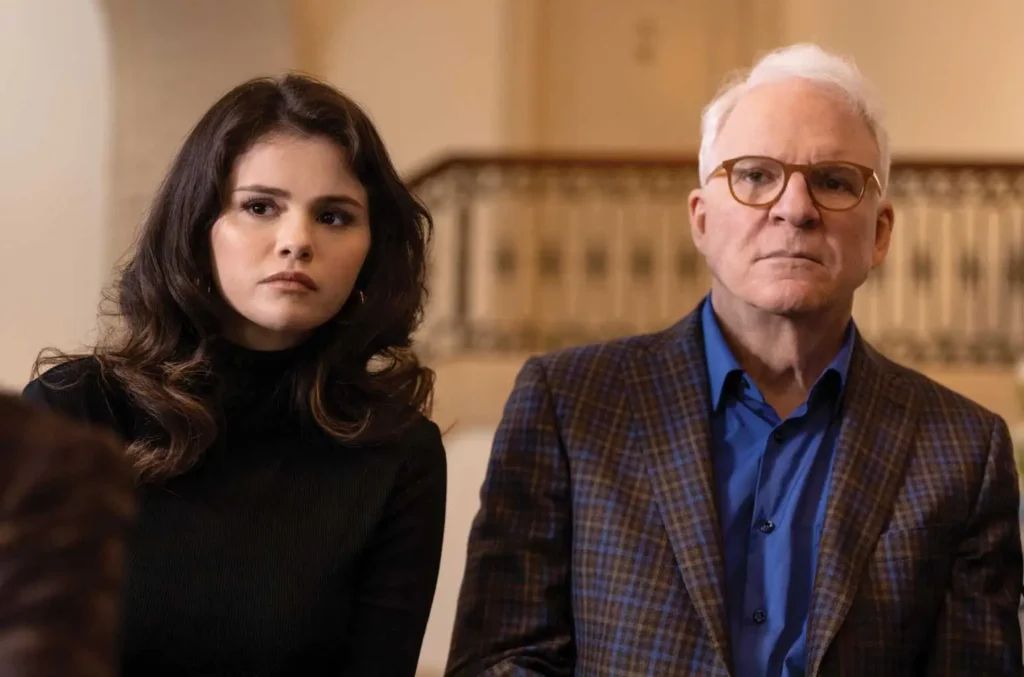
Season 3: Unraveling the Past
Synopsis
Season 3 delves into the personal histories of the main characters, revealing how their pasts intertwine with the current mystery. The murder of a former Arconia resident, whose death is linked to a long-buried secret, forces the trio to confront their own demons. As they unravel the mystery, they uncover shocking truths about themselves and each other.
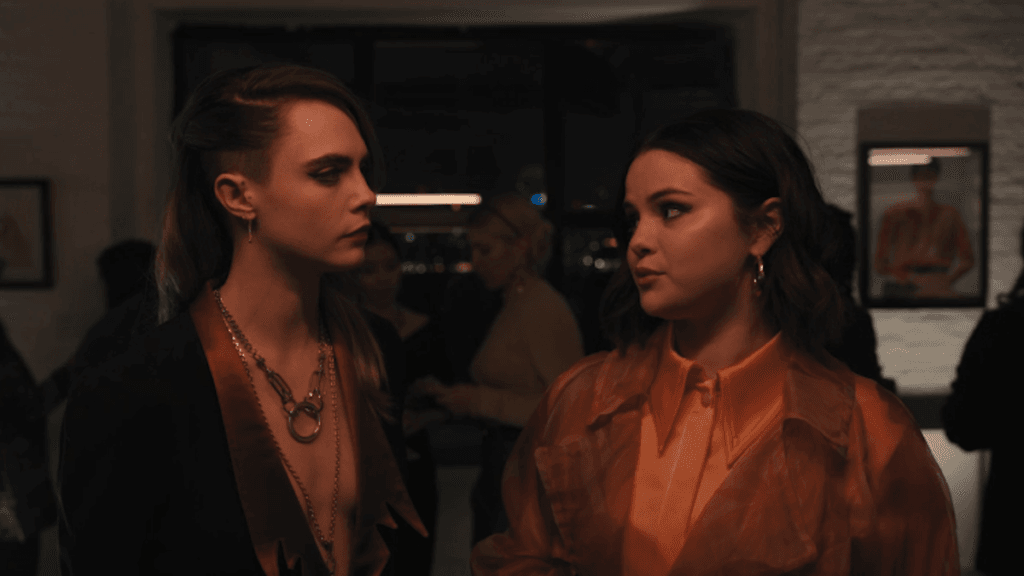


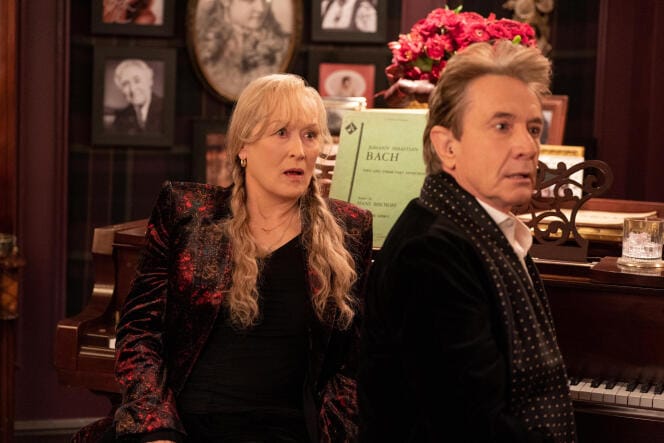
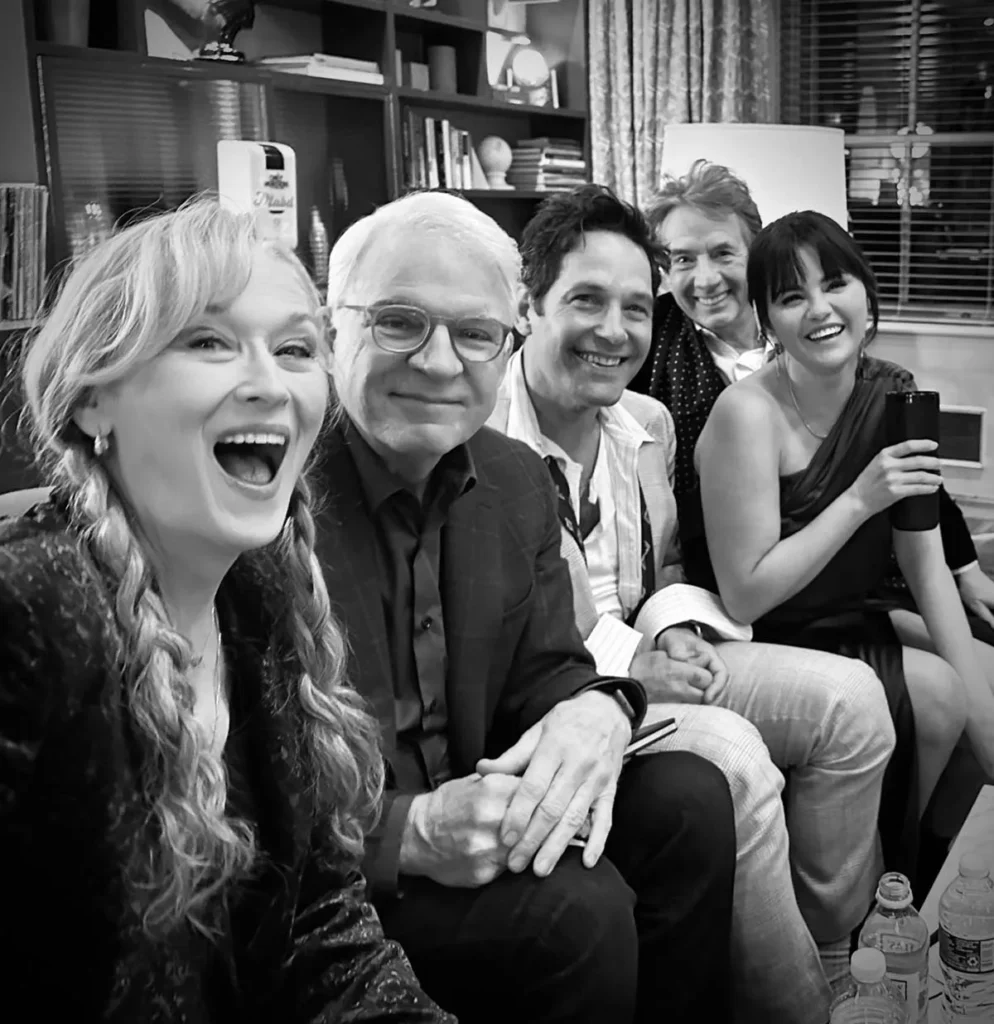
Unlikely Sleuths for Deeply Necessary Themes
Age Differences in Friendships
In this season, the age differences between the characters become a source of strength rather than a barrier. Their diverse life experiences and perspectives prove invaluable in solving the mystery. The show portrays the trio’s friendship as a rare but powerful connection that transcends generational divides.
The characters’ growth over the seasons highlights the transformative potential of intergenerational friendships. Their bond evolves from a shared hobby to a deep, familial connection, illustrating the profound impact of meaningful relationships. The show suggests that such friendships can offer unique opportunities for learning and growth.
Gender Dynamics
Season 3 introduces new dynamics in gender relations, particularly through the exploration of the characters’ pasts. The backstories of Charles, Oliver, and Mabel reveal how gender roles and expectations have shaped their lives. The season also introduces new female characters who challenge traditional gender norms and contribute to the evolving narrative.
The show’s handling of gender dynamics becomes more intricate, addressing themes of power, vulnerability, and resilience. Mabel’s continued development as a strong, independent character offers a counterpoint to the more traditional portrayals of women in crime dramas. Her interactions with other female characters highlight the diversity of female experiences and the importance of solidarity.
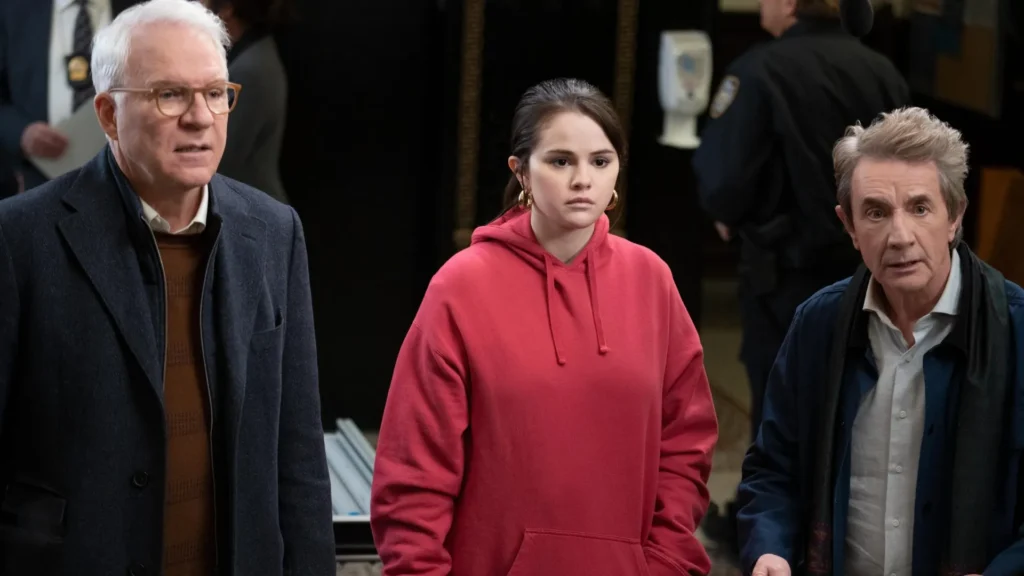
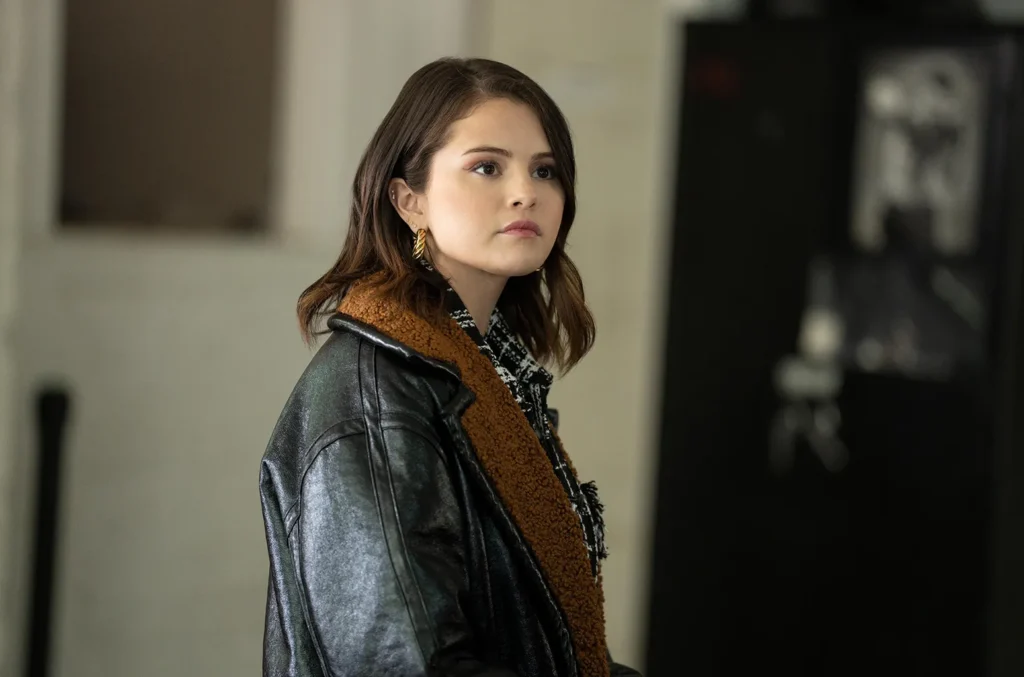

Contemporary Handling of Criminal Situations in Media
The third season deepens the critique of media portrayal of criminal situations. The podcast, now a significant cultural phenomenon, attracts both admirers and detractors. The characters face the ethical implications of their growing influence, grappling with the responsibilities that come with their platform.
The season also explores the impact of media on public perception of crime and justice. The characters’ podcast influences the investigation and the public’s understanding of the case, reflecting the real-world power of media to shape narratives. The show raises important questions about the role of media in the justice system and the potential for bias and manipulation.
The Rise of True Crime Podcasts
As the characters’ podcast gains national attention, the show delves into the broader implications of the true crime genre. The rise of their podcast mirrors the real-world trend of true crime content becoming mainstream entertainment. The show critiques the commercialization of true crime, emphasizing the ethical dilemmas and human costs associated with the genre.
The season also explores the community aspect of true crime fandom. The characters’ interactions with their audience reflect the collaborative nature of true crime podcasts, where listeners often contribute to investigations. The show highlights both the positive and negative aspects of this phenomenon, emphasizing the need for ethical considerations and responsible storytelling.
Only Talent In The Building
Selena Gomez’s performance in “Only Murders in the Building” has been nothing short of exceptional, showcasing her range and depth as an actress. Her portrayal of Mabel Mora brings a compelling blend of wit, vulnerability, and tenacity, making her character a linchpin of the series. Gomez’s dynamic chemistry with seasoned actors Steve Martin and Martin Short is a highlight, creating a captivating synergy that drives the show’s narrative. The alchemy between the trio is palpable, with Gomez’s youthful energy and contemporary sensibilities perfectly complementing Martin and Short’s seasoned comedic timing and experience. This unique blend of talents elevates the series, making it a standout in the realm of modern television.

Anxiously Awaiting Season 4 on August 27th 2024
The much-anticipated Season 4 of “Only Murders in the Building” is set to premiere on Hulu on August 27th, promising to elevate the series’ intricate blend of mystery, humor, and character development. As Charles, Oliver, and Mabel delve into yet another perplexing murder within the Arconia, fans can expect new twists, deeper backstories, and the introduction of intriguing characters that challenge the trio’s dynamic. With the show’s reputation for clever storytelling and sharp social commentary, the upcoming season is poised to further explore the complexities of friendship, the ethical dimensions of amateur sleuthing, and the ever-evolving landscape of true crime media.
“Only Murders in the Building” is more than just a crime comedy; it is a profound exploration of friendship, gender dynamics, and the modern portrayal of crime in media. Through its engaging narrative and complex characters, the show offers a thoughtful critique of the true crime genre and its impact on society. By blending humor, suspense, and social commentary, it challenges viewers to reflect on their own consumption of true crime media and the ethical implications of turning real-life tragedies into entertainment.
The show’s success lies in its ability to balance light-hearted comedy with serious themes, creating a narrative that is both entertaining and thought-provoking. Its portrayal of intergenerational friendships, strong female characters, and contemporary handling of criminal situations sets it apart from traditional crime dramas. As the characters navigate the complexities of their investigations and their relationships, the show invites viewers to join them in questioning the nature of truth, justice, and storytelling in the digital age.
“Only Murders in the Building” serves as a reminder that behind every crime story are real people with real lives, and that the quest for truth and justice requires both empathy and responsibility. Through its witty and intelligent narrative, the show challenges us to reconsider our fascination with true crime and the ways in which we engage with the stories of others.

